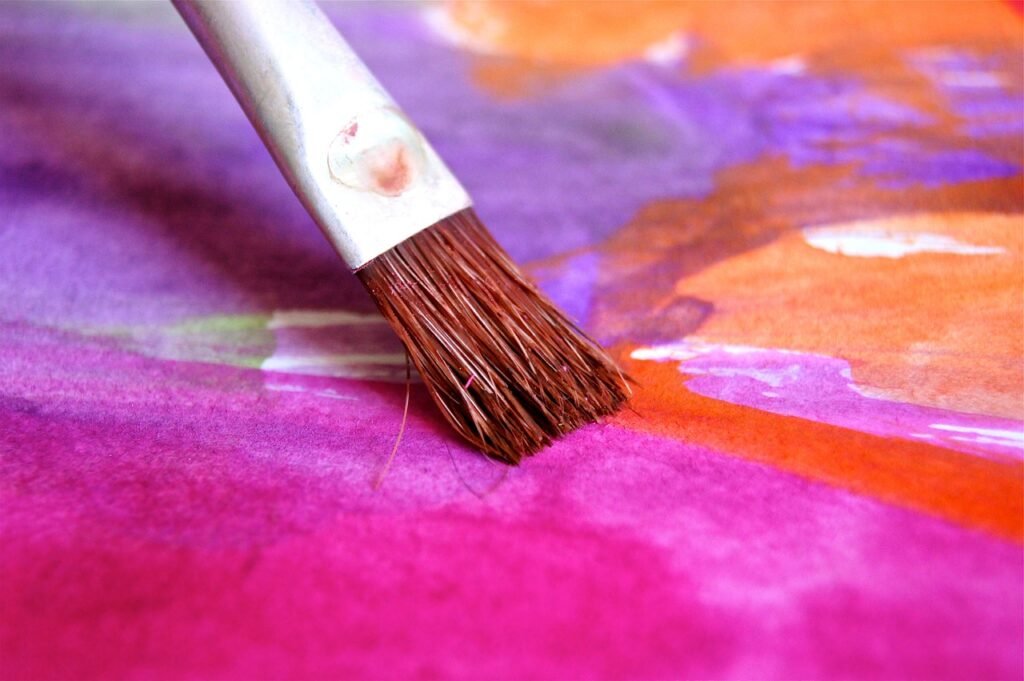So you’ve decided to take up knitting and you’ve got your eye on a beautiful linen cable pattern. But wait, how do you even begin to knit something like that? Don’t worry, friend, we’ve got you covered. In this step-by-step guide, we’ll walk you through the process of knitting a linen cable pattern, from casting on to finishing touches. By the time you’re done, you’ll have a gorgeous piece of knitwear to show off and a newfound love for the art of knitting. Let’s get started, shall we?
Gathering Materials
Before you begin knitting a linen cable pattern, it’s important to gather all the necessary materials. The first step is to choose the right yarn. When selecting yarn for a linen cable pattern, consider the weight, fiber content, and color. Opting for a medium-weight yarn with good stitch definition is ideal for showcasing the cable pattern. Additionally, choosing a yarn with some natural fiber content like wool or cotton will help your finished project stand the test of time.
Once you have the yarn, the next consideration is selecting the correct needle size. The size of the needle will determine the gauge and tension of your project. Refer to the yarn label or pattern instructions for the recommended needle size. It’s important to use the correct needle size to ensure your linen cable pattern comes out as intended.
Finally, you may also need a cable needle, although it is optional. A cable needle is a short, double-pointed needle used to hold stitches while crossing cables. It can be helpful for managing the cable stitches and keeping track of your progress.
Understanding the Linen Cable Pattern
To successfully knit a linen cable pattern, it’s essential to understand the pattern itself. Start by analyzing the chart or written instructions provided with the pattern. The chart provides a visual representation of the pattern, while the written instructions explain each step in detail. Familiarize yourself with both to ensure you fully understand how the pattern works.
Identifying the specific stitches and symbols used in the pattern is another crucial step. Take note of any unique stitches or abbreviations mentioned in the instructions. Understanding these stitches will help you follow the pattern more easily and avoid any confusion.
Finally, gain an overview of the cable stitch pattern itself. This will allow you to grasp the concept of the cables and how they interact with the rest of the pattern. Studying the cable stitch pattern will give you a sense of the overall structure and flow of your knitting project.

Casting On
Before you can start knitting the linen cable pattern, you’ll need to cast on the required number of stitches. Begin by calculating the number of stitches needed based on the pattern instructions. Use a knitting calculator or follow the formula provided in the pattern to determine the exact number of stitches required.
Next, make a slip knot to create a secure and adjustable loop on your knitting needle. Insert the needle through the slip knot and tighten it gently to secure it in place. This slip knot will serve as the first stitch of your foundation row.
Once the slip knot is secured, insert the needle into the slip knot loop and create the foundation row by casting on the remaining stitches as specified in the pattern. Take your time to ensure each stitch is even and not too tight or loose.
Working the Right Side Rows
Once the foundation row is complete, you can begin working the right side rows of the linen cable pattern. Start by reading and carefully following the chart or written instructions provided. The pattern will indicate when and how to perform the cable stitch pattern.
As you work through the cable stitch pattern, you will also need to work the necessary knit and purl stitches. These stitches may be required to create the texture between the cable crossings or to maintain the structure of the pattern. Make sure to follow the pattern’s instructions for these stitches to ensure the desired outcome.

Carrying the Cables
When working with cable stitches, it’s important to understand how to carry the cables across your knitting. This involves slipping stitches onto a cable needle, holding the cable needle in front or back of your work, and knitting or purling the stitches from the cable needle.
To carry the cables, start by slipping the required number of stitches involved in the cable pattern onto a cable needle. This will keep them in place while you work the other stitches. Depending on the pattern, the cable needle may need to be held in front or back of your work. Follow the pattern’s instructions to determine the correct placement.
Knit or purl the required stitches from the cable needle, following the pattern’s instructions. This will create the crossed cables and give your linen cable pattern its distinctive look.
Working the Wrong Side Rows
After completing the right side rows, you’ll need to work the wrong side rows of the linen cable pattern. To do this, you’ll need to reverse the stitches and perform any necessary purl or knit stitches.
To reverse the pattern, follow the chart or instructions in reverse order. This means that if the chart shows a cable crossing to the right on the right side, you’ll need to cross it to the left on the wrong side. Make sure to purl the purl stitches and knit the knit stitches as indicated to maintain the correct stitch pattern.
Continue working the wrong side rows following the pattern until you reach the end of the project. Remember that the wrong side rows are just as important as the right side rows in achieving the final result.

Repeat Rows or Rounds
In many knitting patterns, including the linen cable pattern, you will need to repeat certain rows or rounds to achieve the desired length or size. Understanding how many rows or rounds need to be repeated is crucial to completing the pattern correctly.
Refer to the pattern’s instructions to determine how many times a specific set of rows or rounds should be repeated. Use stitch markers to keep track of your progress and mark the beginning or end of each repeat. This will help you stay organized and ensure that your linen cable pattern remains consistent and balanced throughout.
Additionally, regularly check your pattern tension as you repeat rows or rounds. Pattern tension refers to the evenness and consistency of your knitting. Using a tape measure or ruler, measure a specific section of your knitting to ensure it matches the pattern’s recommended gauge. Adjusting your tension if necessary will ensure your finished project turns out as intended.
Finishing the Linen Cable Pattern
Once you have successfully repeated the necessary rows or rounds, it’s time to finish your linen cable pattern. Start by binding off the stitches as instructed in the pattern. Use a bind-off method that matches the stitch pattern and maintains the elasticity of the finished edge.
After binding off, weave in any loose ends to ensure a neat and professional finish. Use a yarn needle to carefully thread the loose ends through the stitches on the wrong side of the work. Trim any excess yarn, being careful not to cut too close to the fabric.
Finally, consider blocking your knitted piece to give it a polished and uniform appearance. Blocking involves wetting or steaming the finished project to relax the stitches and even out the tension. Follow the pattern’s blocking instructions to achieve the desired result and allow your linen cable pattern to truly shine.
Optional: Adding Variations
Once you have mastered the linen cable pattern, feel free to explore different variations to add your personal touch to future projects. Start by exploring different cable stitch patterns to create unique and intricate designs. There are countless cable stitch patterns available, ranging from simple twists to complex interlocking cables.
Incorporating additional stitches is another way to add variety to your linen cable projects. Experiment with lace stitches, eyelets, or textured patterns to create additional interest and enhance the overall look of your knitting.
If you’re feeling adventurous, try experimenting with color changes in your linen cable pattern. Introducing different colors can create stunning effects and highlight the cable pattern even further. Consider using contrasting or complementary colors to make the cables pop or create a gradient effect.
Final Thoughts
Congratulations! By following this step-by-step guide, you have successfully learned how to knit a linen cable pattern. Through understanding the pattern and techniques involved, you have gained the knowledge and confidence to create beautiful cable projects.
Remember to practice regularly to refine your skills and build your confidence. The more you knit, the better you’ll become at executing intricate cable patterns and understanding their nuances.
Don’t be afraid to customize and adapt the linen cable pattern to suit your unique preferences and creativity. Experiment with different yarns, colors, stitch combinations, and even modifications to create knitted pieces that truly reflect your individual style.
Lastly, don’t forget to share your finished projects with others! Whether it’s with friends, fellow knitters, or on social platforms, showcasing your creations can inspire others and foster a sense of community among fellow knitting enthusiasts. Enjoy the process, have fun, and happy knitting!

